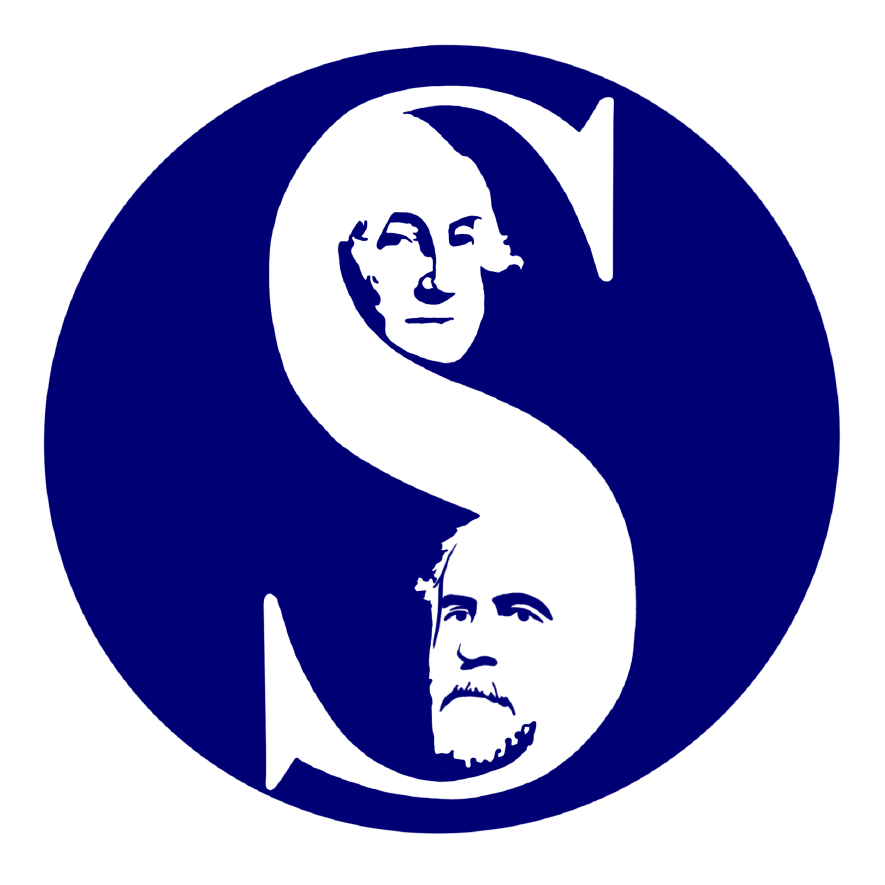Quietly, Boldly Championing the Treasures of Liberal Arts: The Shenandoah Literary Review
By Chuck Dodge Bunkered beneath the first floor of Early Fielding, editor Rod T. Smith and a handful of student interns preserve a long-standing body of University pride, liberal arts celebration and national literary repute. Its multiple missions (not listed in order of importance, claims Professor Smith!): “To promote literature full of passionate understanding, formal accomplishment, and serious mischief,” all of which weave deeply within our beloved Lexington soil.
The Shenandoah Review was founded in 1950 by a group of W&L students with the ambition to establish a serious literary publication at Washington and Lee—a feat that the likes of Vanderbilt and Yale had already achieved, writes Laura Parsons in the Summer of 2000 edition of the Washington and Lee University Alumni Magazine. Among those students was the virtuoso, Tom Wolfe, who soon became the publication’s first editor. In hindsight, their project was destined to prosper, receiving not only school funding, the article states, but also the personal backing and essay submissions of Dean James Leyburn- the name inscribed in honor atop the entrance of our library. The University funds Shenandoah and its ventures to this day, though decreasingly so; a budget cut struck the review a few years ago. This lessened commitment is a problem given that monetary reward serves as the review’s draw for many writers, both renowned and yet unpublished.
The thousands of exemplary submissions that grace Editor Smith’s desk and desktop computer for every Shenandoah issue are a testament to the publication’s accomplishments and renown in the literary community. An editor of 20 years and counting, Smith recalls that his first encounter with the review was as a reader during his graduate school days, though it took years, he expressed, to muster the courage to submit a poem. His reverence was well placed, as original works by authors including William Faulkner, e e cummings, Ezra Pound, Flannery O’Connor, T.S. Elliot and Seamus Heaney preceded him.
Having both an outsider’s and insider’s perspective, he explains that the Shenandoah, unbeknown to many in Lexington itself, puts Washington and Lee in the national literary conversation; members of this society identify our school, he notes, as “the place where the Shenandoah is.” Smith has continued the magazine’s tradition of success by bringing poets including former United States poet laureate Billy Collins, National Book Award recipient W.S. Merwin and Pulitzer Prize winner Henry Taylor to its pages.
Professor Smith’s most salient undertaking, however, has been to ingrain the Washington and Lee student within the magazine’s identity. This process began years ago, with the hire of one student intern per semester to assist with the review’s busy operations. The students’ roles grew and their numbers rose up to the six to eight students per semester who work with Professor Smith today. In addition to writing blogs and selecting “poems of the week” for the website, their primary function has actually became publication and content-related. Interns today read the thousands of submissions that make their way to the office, and select their favorites to present to the editor for further review. In this sense, the W&L student’s judgment, character and joys sift and sculpt the wide breadth of work enjoyed by every Shenandoah reader. This student responsibility is unique among the magazine’s literary peers and serves as a testament to student influence at Washington and Lee.
Despite the eminence of the Shenandoah, many within our own community are unfamiliar with the publication, and this disconnect is a shame. As we the students embody the Review, it is even more important today that we in turn recognize and support the Review itself as a faithful expression of our University’s culture and ideals. Belonging to a renowned liberal arts institution like W&L, it is our duty as well as a great privilege to intimately celebrate such a publication. While our individual academic interests may vary, we must remain mindful of the universal merits of creative thinking and expression, and a multi-level understanding of the world around us. Editor Smith has professed, “As a culture, we are becoming less ruminative and meditative. Literature tells us to slow down, to figure out the ramifications and to take the meanings to heart. Much of what we devote our time to now doesn’t go to heart—it’s just a means to an end.” It is essential that such thinking prevails through our endeavors as students and beyond, as well as in our school itself through whatever challenges and changes approach.


